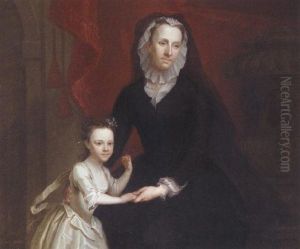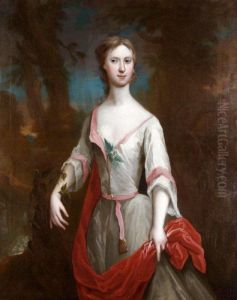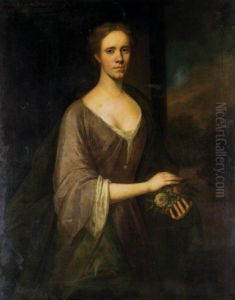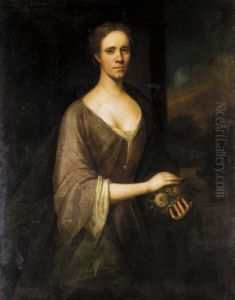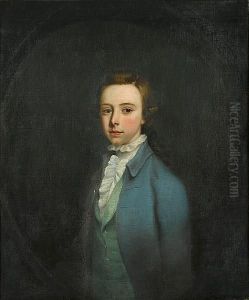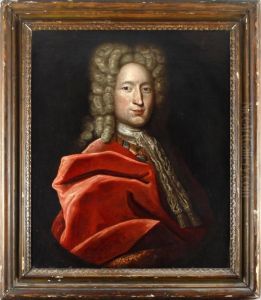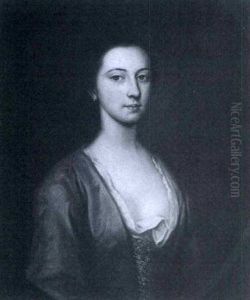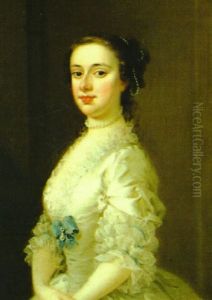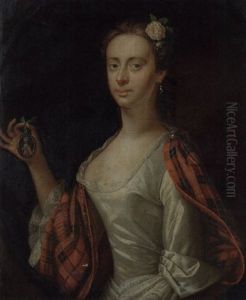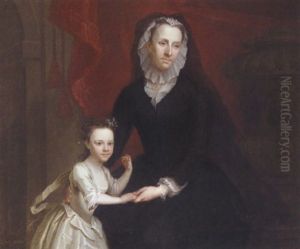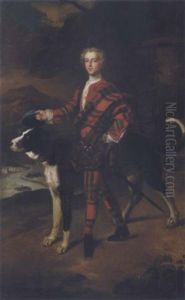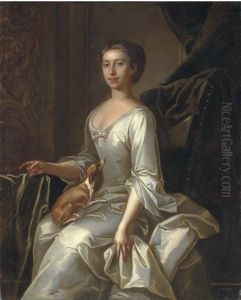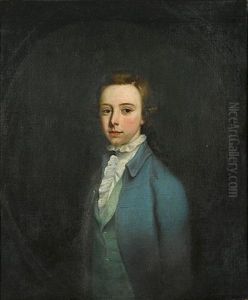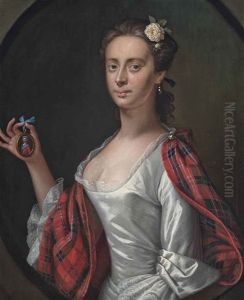Jeremiah Davison Paintings
Jeremiah Davison was a British portrait painter born in 1695. Little is known about his early life or training, but he emerged as a significant artist in the early 18th century. Davison's career was primarily based in London, where he gained a reputation for his portrait work. Unlike his contemporaries who often focused on the aristocracy and high society, Davison was known for portraying a broader spectrum of clients, including middle-class patrons, which was somewhat unusual for the period.
Davison's style was influenced by the prevailing Baroque trends of the time, characterized by dramatic expressions, rich colors, and a strong emphasis on light and shadow. However, he also exhibited a degree of realism and attention to detail that set his work apart. His portraits are noted for their sensitivity to the character and personality of his sitters, a quality that made his paintings highly sought after.
Despite his success as an artist, Davison's career was relatively short-lived. He died in 1745, at the age of 50. The reasons for his early death are not well-documented, leading to some speculation among art historians. After his death, Davison's work was somewhat overshadowed by the rising prominence of other British portrait painters such as Thomas Gainsborough and Sir Joshua Reynolds, who would come to define the era's artistic landscape.
Today, Jeremiah Davison's contributions to British art are recognized for their technical skill and unique perspective within the context of 18th-century portraiture. His paintings can be found in various art collections and museums, serving as a testament to his talent and the enduring appeal of his work. However, the scarcity of detailed records about his life and the relatively small number of his works that have survived make Davison a somewhat enigmatic figure in the history of British art.
